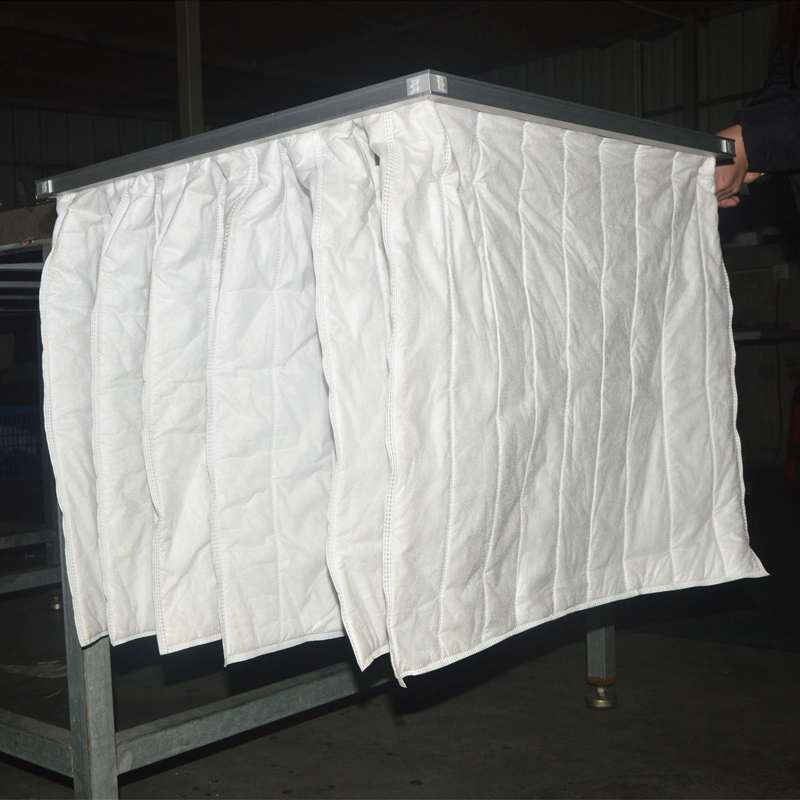
News
How to distinguish between aquarium filter cotton and biochemical cotton

Many friends may not be clear about the difference between bio cotton and aquarium filter cotton. When it comes to the use of fish tanks, it is not impossible, but rather a reasonable combination is necessary. Aquarium filter cotton and bio cotton are important components used in filtration systems, and many people can easily confuse them. However, if not strict, both can be made public, and the difference in their use is not significant. Here are a few points that can help you easily identify filter cotton and bio cotton.
Aquaculture filter cotton: Filter cotton is a basic filter material with high utilization rate. Regardless of the type of filter material, it is essential. Its major function is to filter out the residue of waste, which is very dense and can easily filter out suspended particles such as residual bait and fish excrement, allowing it to play a role behind the filter material. The cotton filter mainly has the function of physical filtration. Although there may be some nitrifying bacteria, their quantity is limited and they need to be cleaned frequently, so the function of biochemical filtration is basically lost. The filter cotton should have a good water flow rate, be not easily damaged, and not easily fall off. Do not rub it off, as it will not cause secondary pollution to the water quality. Pay more attention to maintenance and regularly check the water flow to avoid excessive blockage caused by foreign objects. It is recommended to use water in the tank for cleaning or tap water for cleaning. Do not use cleaning agents. If the filter cotton has a certain service life, replace it regularly according to your own usage situation.
Biochemical cotton: Biochemical cotton has many pores, mainly for the purpose of biochemical filtration for the cultivation of nitrifying bacteria, so that toxic substances such as bacteria in water can produce non-toxic NO3 after passing through the biochemical cotton. Compared with filter cotton, it has a higher density, is not easily damaged, and is much thicker, providing enough space for nitrifying bacteria to parasitize. The large pores of bio cotton result in a large contact area with water, which is sufficient to effectively decompose toxic substances in water, thus achieving a secondary cleaning effect. Usually placed in a lower position, the usual procedure is to filter with cotton wool before using bio cotton. However, due to the fact that biochemical cotton is generally used on top of filter cotton, physical filtration is limited. Biochemical cotton is widely used in upper filter cartridges, outer filter cartridges, and inner filter cartridges, and is a widely used filtering material that mainly plays a role.
Aquaculture filter cotton manufacturer: Choosing bio cotton is very important. Firstly, pay attention to filtering water so that it can pass through. For water that is not obviously slow flowing, the density, pores, and maintenance frequency of bio cotton should generally be about one to two months less than filter cotton. It also depends on your specific situation. It is easy to clean too often without washing nitrifying bacteria, which greatly reduces the effectiveness of nitrification and causes water quality fluctuations. Biochemical cotton does not need to be replaced frequently. If it is found to have weakened elasticity, internal damage, or washed too badly, it needs to be replaced.
There are many methods for identifying biochemical cotton and aquarium filter cotton. From a material perspective, in simple terms, one is more unobstructed and the other is more prone to blockage. In terms of cleaning methods, it is recommended to regularly clean or even replace the filter cotton, while the biochemical cotton should be cleaned as little as possible or not cleaned at all, because there will be no nitrifying bacteria inside after cleaning, and it cannot be cleaned twice, which also has a great impact on water quality.